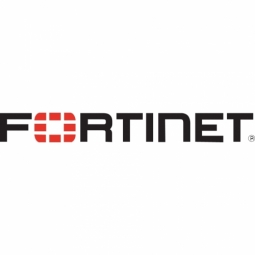Fortinet
Case Studies
IoT Implementation in Furniture Manufacturing: A Case Study of Steelcase
Overview
 |
IoT Implementation in Furniture Manufacturing: A Case Study of SteelcaseFortinet |

|
Cybersecurity & Privacy - Cloud Security Platform as a Service (PaaS) - Application Development Platforms | |
Cement National Security & Defense | |
Maintenance Product Research & Development | |
Construction Management Tamper Detection | |
Cloud Planning, Design & Implementation Services Training | |
Operational Impact
| The implementation of Fortinet solutions has provided Steelcase with a unified cross-domain protection both on-premises and in multiple cloud service platforms. This has addressed the security and visibility gaps in other services, simplifying training and management. The company now has consolidated reporting across all Fortinet devices. Furthermore, the use of IoT has become integral to internal operations at Steelcase. IoT-enabled devices have been extensively deployed in HVAC systems, lighting controls, and general building facilities to conserve resources and save money. The company has experienced a strong increase in the tens of thousands of endpoints that are connected into its environment at any given point in time, driven by the upsurge of IoT connections. | |
Quantitative Benefit
| Unified cross-domain protection—on-premises and in multiple cloud service platforms | |
| Addressed security and visibility gaps in other services | |
| Simplified training and management | |


